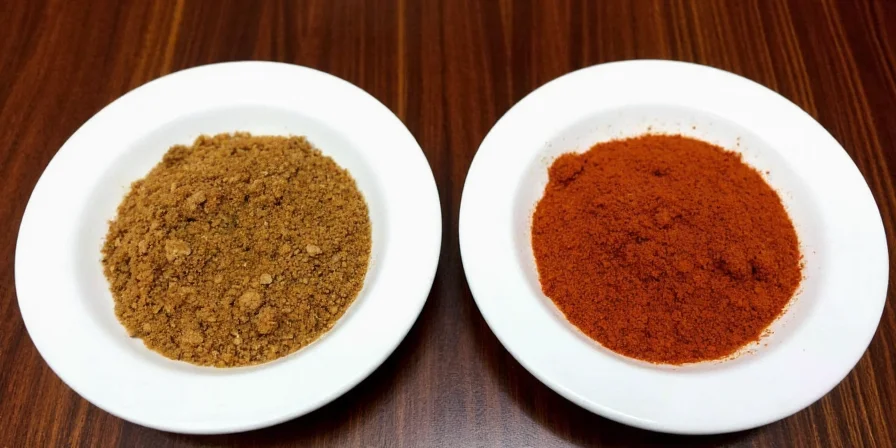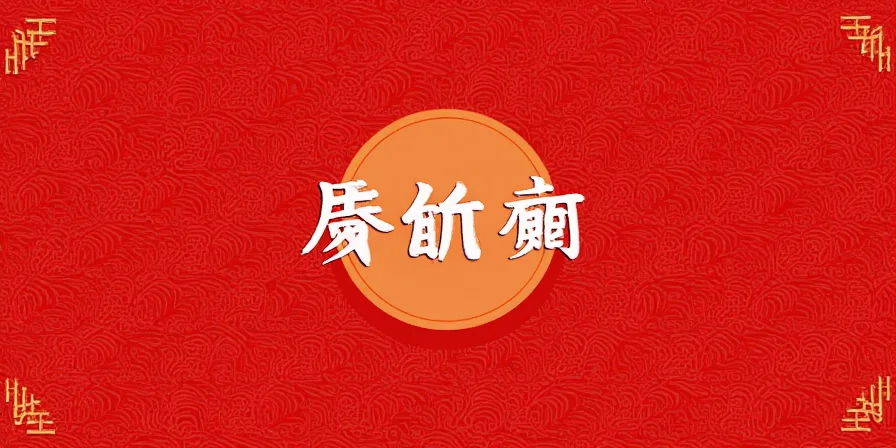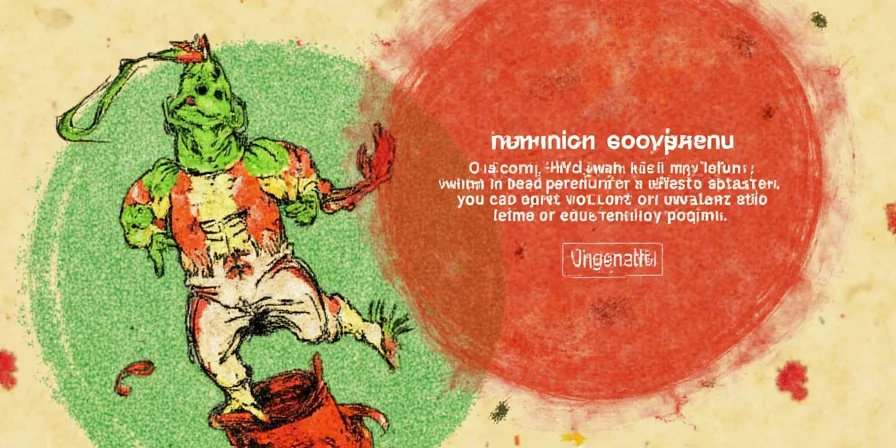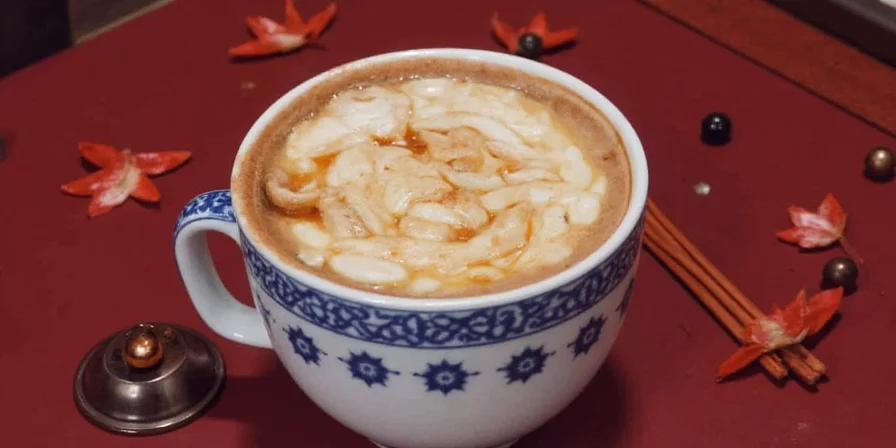Spice Showdown: Red Peppers in Chinese vs. Vietnamese Cuisine – A Fiery Flavor Face-Off!
When it comes to the global spice scene, few ingredients pack as much punch—and personality—as red peppers. In the culinary arenas of China and Vietnam, these vibrant pods aren’t just about heat—they’re flavor bombs with a rich cultural backstory. From the numbing Sichuan peppercorn-laced dishes of China to the subtle, aromatic use of bird’s eye chilies in Vietnamese street food, red peppers are more than just a condiment; they’re a way of life.
Table of Contents
- Introduction
- Red Peppers in Chinese Cuisine: Fire Meets Flavor
- Red Peppers in Vietnamese Cuisine: Heat with Harmony
- Side-by-Side Comparison: Chinese vs. Vietnamese Red Pepper Usage
- Pro Tips for Using Red Peppers at Home
- Conclusion
Introduction: The Global Spice Legacy of Red Peppers
Red peppers have traveled far beyond their native Americas, becoming essential players in cuisines around the globe. In China and Vietnam, they’ve been embraced not only for their heat but also for their ability to enhance umami, balance sweetness, and even provide health benefits. Whether you're savoring a steaming bowl of hot pot in Chengdu or biting into a fresh banh mi in Hanoi, red peppers are likely dancing on your tongue.
Red Peppers in Chinese Cuisine: Fire Meets Flavor
Chinese cuisine is famous for its bold flavors and complex layering of spices, and red peppers play a starring role—especially in regions like Sichuan, Hunan, and Yunnan. Here’s how Chinese cooks bring out the best in red peppers:
Types of Red Peppers Used
- Sichuan dried chili (二荆条): Mild to medium heat with floral undertones, often used in stir-fries and braises.
- Hunan chicken chili (朝天椒): Smaller, spicier, and used in meat-heavy dishes like spicy duck and pork belly.
- Finger-length dried chili: Commonly used in Kung Pao Chicken and mapo tofu for balanced heat.
Cooking Techniques
- Dry-frying: Chilies are fried whole in oil until crispy, infusing the oil with flavor without making it overly spicy.
- Marinades: Fresh red chilies are mashed with garlic and soy sauce to create fiery marinades for meats and tofu.
- Oil infusion: Chili oil made from infused Sichuan peppers and dried chilies is a staple condiment.
Taste Profile
Chinese red pepper usage is all about building layers—numbing heat from Sichuan peppercorns mixed with dry-roasted chili fragrance, often balanced with sweet, sour, and umami notes. Think of it as a full sensory symphony where the red pepper plays lead violin.

Red Peppers in Vietnamese Cuisine: Heat with Harmony
If Chinese cuisine turns up the volume with red peppers, Vietnamese cuisine prefers to blend them into a softer, more harmonious melody. Red peppers are used sparingly but strategically, enhancing rather than overpowering.
Types of Red Peppers Used
- Bird’s Eye Chili (Ớt chỉ thiên): Small but mighty, this chili is commonly sliced thin and added raw to dipping sauces or stir-fries.
- Long Red Chili: Milder and sweeter, often used in soups and stews for background heat.
- Red Fresno Chili: Sometimes used in modern interpretations of pho or vermicelli bowls.
Cooking Techniques
- Raw garnish: Fresh slices of bird’s eye chili are placed atop bowls of pho or bun cha to be stirred in for custom heat levels.
- Blended sauces: Chilies are blended with lime juice, fish sauce, and sugar to create iconic dipping sauces like nước chấm.
- Stir-fried bases: Minced chilies form part of the base for caramelized fish or lemongrass pork dishes.
Taste Profile
Vietnamese dishes tend to highlight freshness, balance, and texture. Red peppers add a gentle kick that complements herbs, citrus, and seafood without dominating the plate. It's less about overwhelming fire and more about a subtle spark that awakens the palate.

Side-by-Side Comparison: Chinese vs. Vietnamese Red Pepper Usage
| Aspect | Chinese Cuisine | Vietnamese Cuisine |
|---|---|---|
| Primary Pepper Types | Dried finger chili, Sichuan dried chili, Hunan chicken chili | Bird’s eye chili, long red chili |
| Heat Level | Moderate to intense (often combined with Sichuan peppercorns) | Mild to moderate (used for balance, not dominance) |
| Cooking Method | Dry-frying, oil infusion, marinades | Raw garnish, blended sauces, stir-fried bases |
| Flavor Contribution | Numbing heat, roasted depth, umami enhancement | Subtle kick, brightness, complement to fresh ingredients |
| Cultural Role | Central to regional identity (e.g., Sichuan Hot Pot) | Supporting player that enhances overall harmony |

Pro Tips for Using Red Peppers at Home
Whether you're channeling the bold spirit of Sichuan or the delicate balance of Hanoi, here are some pro tips to make the most of red peppers in your kitchen:
For Authentic Chinese Flavor
- Toast before frying: Dry toast chilies in a pan first to release their nutty aroma before adding oil.
- Layer the heat: Add different types of dried chilies at different stages of cooking for layered spice intensity.
- Use chili bean paste: Doubanjiang (fermented broad bean paste with chili) adds depth to stir-fries and braises.
For Vietnamese-Inspired Dishes
- Slice thin for garnish: Bird’s eye chilies sliced thinly retain their crispness and visual appeal when served raw.
- Balance with lime and sugar: Offset the heat with tangy lime juice and a touch of sweetness for authentic dipping sauces.
- Blend, don’t cook: For nước chấm, blend chilies with garlic and fish sauce at the end to preserve freshness.
General Kitchen Wisdom
- Wear gloves: Handling hot chilies can irritate skin. Gloves are your friend.
- Seed control: Remove seeds for milder heat, leave them in for extra kick.
- Store properly: Dried chilies should be kept in airtight containers away from light; fresh ones in the fridge for up to a week.

Conclusion: Spice Is the Soul of the Dish
In both Chinese and Vietnamese kitchens, red peppers are more than just a source of heat—they’re an expression of culture, geography, and personal taste. While Chinese cuisine leans into the theatricality of spice with deep, smoky complexity, Vietnamese cuisine offers a subtler, fresher approach. Whether you're team “Numb and Nibble” or “Fresh and Balanced,” one thing’s for sure: red peppers bring life to every bite.
So next time you reach for those crimson pods, remember—you’re not just adding heat. You’re adding history, harmony, and a dash of soul.

Happy cooking, and may your meals always be seasoned with spice and stories!











 浙公网安备
33010002000092号
浙公网安备
33010002000092号 浙B2-20120091-4
浙B2-20120091-4